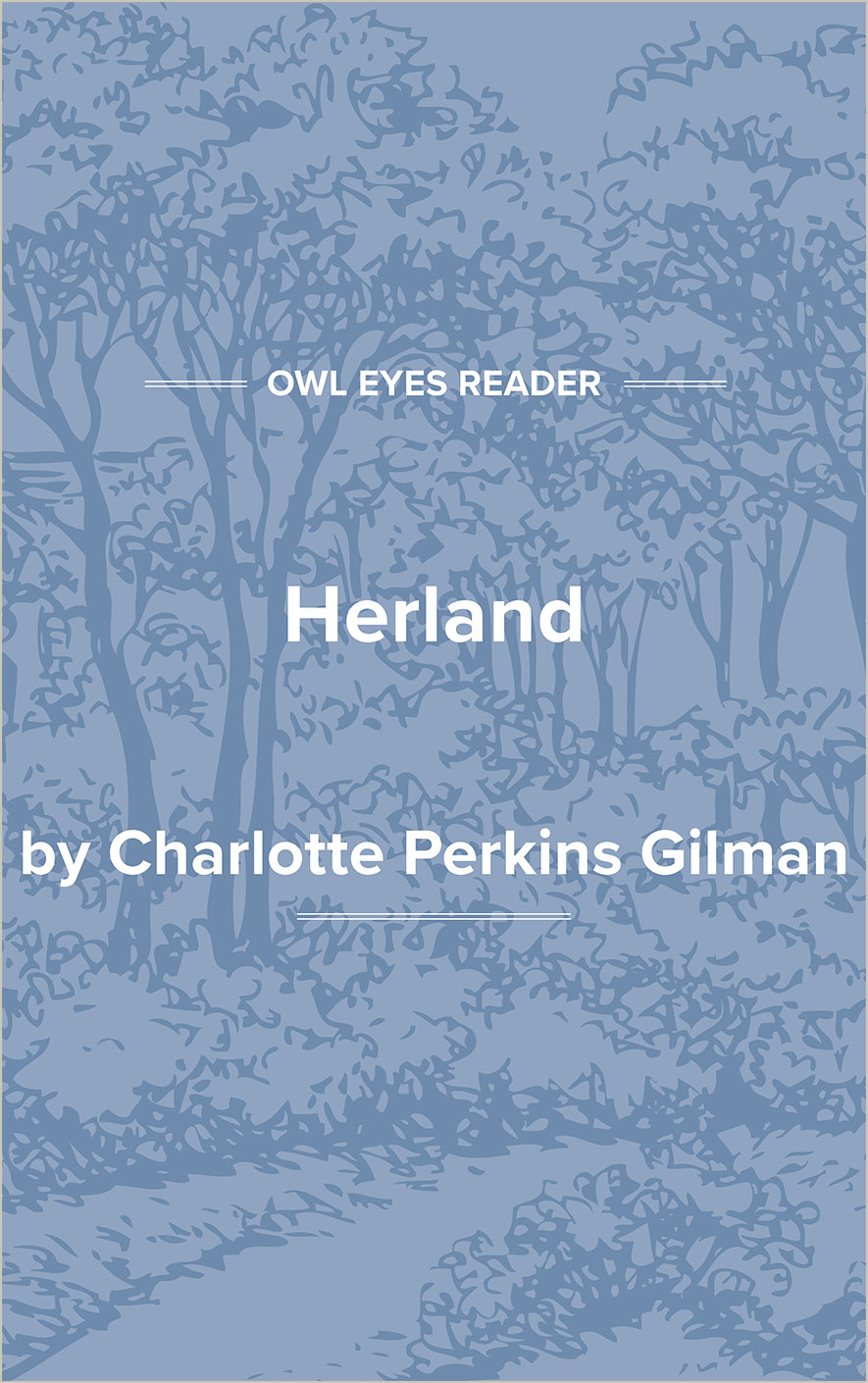Charlotte Perkins Gilman Biography
Author Profile
A humanistic social Darwinian and communitarian, Charlotte Perkins Gilman believed that modern society needed to revise its foundations completely before full self-realization and freedom could come for both women and men. Gilman condemned capitalist society for its uncaring creation of a hopeless lower class, kept in ignorance by social and theological “rules.” (Unfortunately, much of Gilman’s work reflects a degree of racism and anti-Semitism.)
Gilman’s most influential work, Women and Economics: The Economic Relation Between Men and Women as a Factor in Social Evolution (1898), asserts that the oppression of women is ultimately based on women’s economic dependence on men. Other institutions—religion, education, ethics, marriage and family—simply reinforce this relationship. From childhood, she claimed, “young boys plan for what they will achieve and attain, [while] young girls plan for whom they will achieve and attain.” Here and in subsequent works, including the journal The Forerunner and her feminist utopian novel Herland (1915), Gilman also argues that women naturally possess ethical and moral superiority that, if respected, could reinvent society.
Through her writings and lectures, Gilman became the most widely known and respected female economic theorist of the early twentieth century. Women and Economics was translated into seven languages and praised by such renowned social critics as Jane Addams, Florence Kelly, H. G. Wells, and George Bernard Shaw. Her other works include Home: Its Work and Influence (1903), Human Work (1906), His Religion and Hers (1923), and the rediscovered novella The Yellow Wallpaper (1892), which depicts a housewife’s descent into madness when she becomes trapped by patriarchal restrictions.
Bibliography
Davis, Cynthia J., and Denise D. Knight, eds. Charlotte Perkins Gilman and Her Contemporaries: Literary and Intellectual Contexts. Tuscaloosa: University of Alabama Press, 2004. A collection of essays by Gilman scholars that offers a wealth of biographical and critical information and places Gilman’s opinions among those of her contemporaries.
Golden, Catherine. The Captive Imagination: A Casebook on “The Yellow Wallpaper.” New York: The Feminist Press, 1992. Devoted entirely to “The Yellow Wallpaper.” The “Backgrounds” section of the volume includes essays on nineteenth century attitudes and treatment of women’s psychiatric complaints. The collection of criticism of Gilman’s most-discussed story is extensive, including Elaine Hedges’ 1973 feminist afterword to “The Yellow Wallpaper.”
Hill, Mary A. Charlotte Perkins Gilman: The Making of a Radical Feminist, 1860-1896. Philadelphia: Temple University Press, 1980. Primarily a biographical exploration of the roots of Gilman’s social theories, the insights of this work are based on a reading of Gilman’s private journals and letters. Includes comments on the autobiographical short fiction, particularly “The Yellow Wallpaper.”
Karpinski, Joanne B., ed. Critical Essays on Charlotte Perkins Gilman . Boston: G. K. Hall, 1991. This collection includes the Shelley Fishkin essay “Making a Change: Strategies of Subversion in Gilman’s Journalism...
(The entire page is 717 words.)
Owl Eyes subscribers get unlimited access to our expert annotations, analyses, and study guides on your favorite texts. Master the classics for less than $5/month!

